The trick to buying a used car is making sure you carry out a thorough inspection. That way, you know exactly what you're getting – not just what the seller wants you to believe you're getting. Whether you hire an expert to inspect the car, you do it yourself, or you bring along a mechanically minded friend, here's how you should carry out an inspection to put your mind at ease.
1. Check the Paperwork
Any used car for sale needs to have a valid warrant of sale that’s less than one month old. Unless you want to take the huge risk of buying the car ‘as is’ and hoping it’s up to standard, you need to ensure this paperwork is in order.

2. Check for Rust
Ideally, you want a vehicle without any rust, but some older vehicles will naturally have rusted a little bit. Look for rust on the main structural supports, weight-bearing parts, steering wheel mountings, under carpets, the boot liner, in the spare tyre area, and inside the petrol cap door.
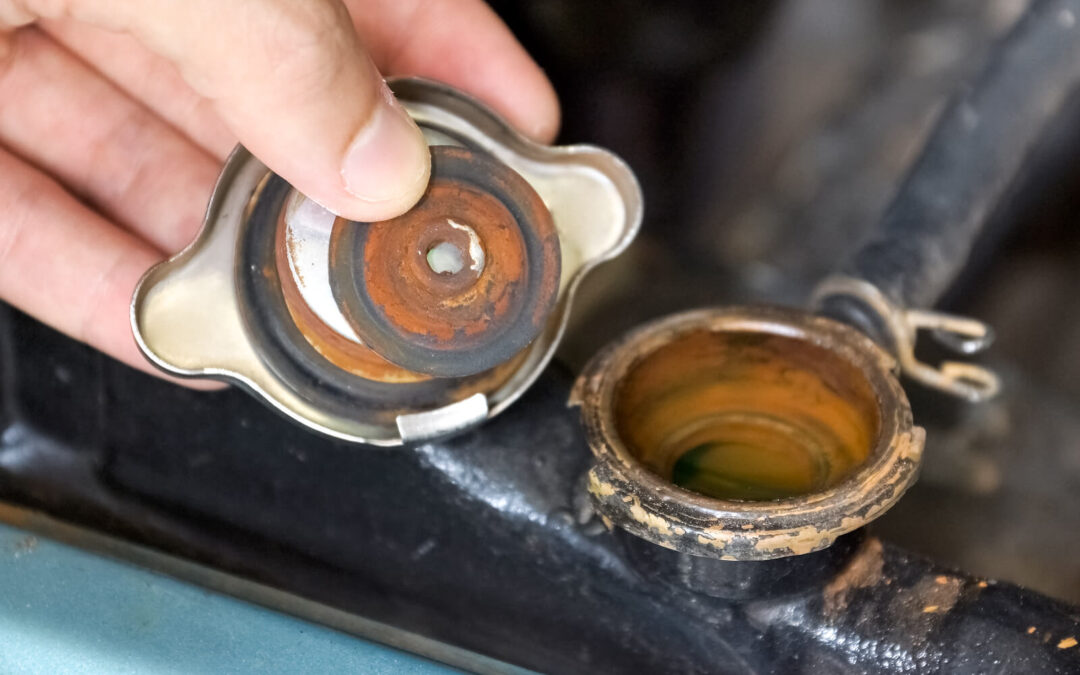
3. Test for Worn Shock Absorbers
Stand at each corner of the car and push it up and down rhythmically – if you can’t get it moving, the shocks need replacing. Likewise, if the car keeps rocking on after you stop, the shocks are worn.

4. Check Tyres
Check that all tyres, including the spare, have adequate tread (1.5 mm at the very least) and aren’t worn unevenly.
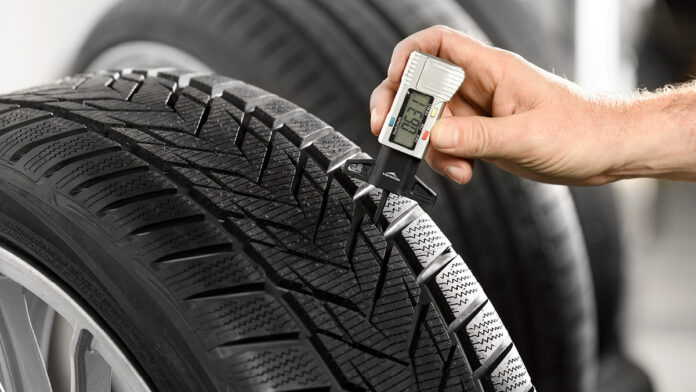
5. Check the Alignment of the Panels
To check the panels, open and shut all doors, the bonnet, and the boot to see that they align properly. Check that the windows open and shut easily and that they will maintain a half-open position.
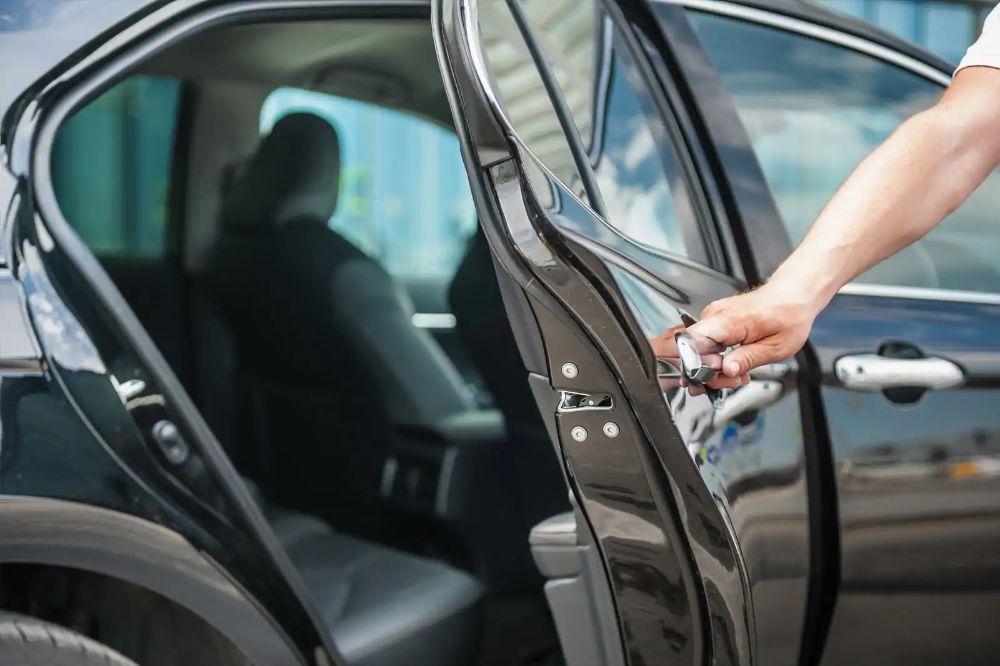
6. Check the Exhaust
Give the muffler and exhaust system a visual inspection, checking for soft or brittle areas, or areas where putty has been used for repairs. You can also check for leaks by covering the exhaust pipe with your hand – using a protective rag – and starting the engine. If the pressure doesn’t push your hand away, there’s a problem.
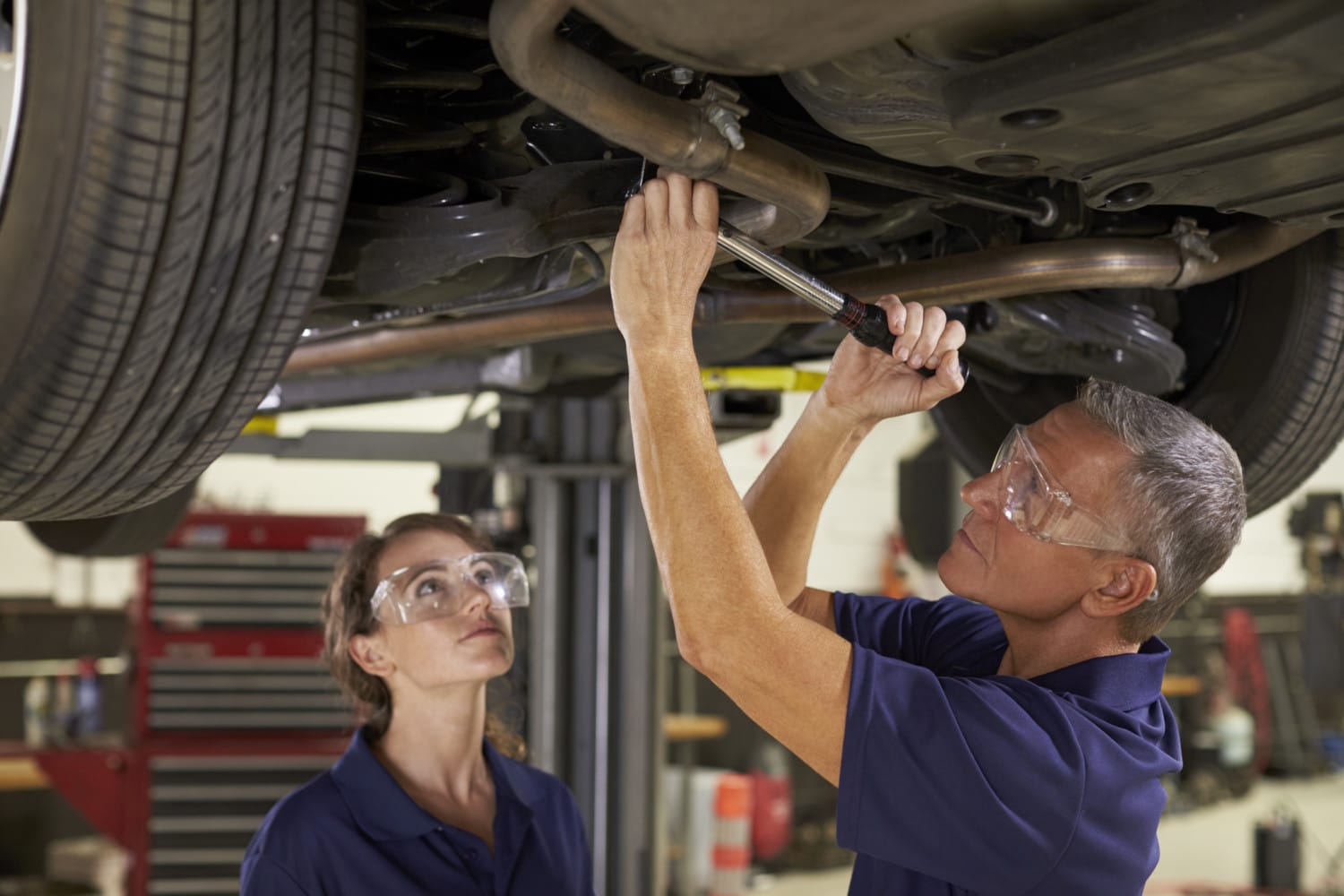
7. Inside the Car
Inside the car, ensure that the following is working:
- Dashboard knobs and switches
- With a friend outside the car, check the lights all work
- Test wipers, radio, and the lever for opening the boot, bonnet, and fuel cap door
- Is the driver’s seat is comfortable and easy to adjust? Are the other seats all secured properly?
- Test that safety belts are in place, functional, and not frayed.
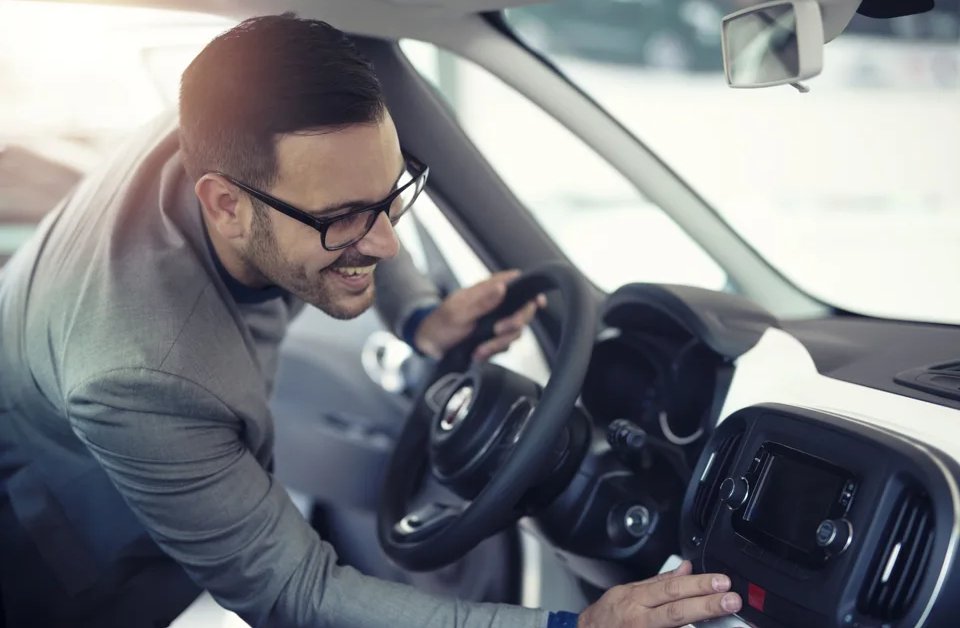
8. Look at the Engine
Pop the hood and check the engine:
- Is there any frayed or burnt wiring?
- Are there oil streaks or poorly attached or damaged hoses?
- Are there petrol leaks around the carburettor and fuel lines?
- Are there oil leaks or other drips under the car?
Next, start the engine and remove the oil filler cap. If a lot of gas comes out, especially blue smoke-tinged gas, the engine is worn. Another sign of this is continuous blue smoke from the exhaust after a few minutes of running.
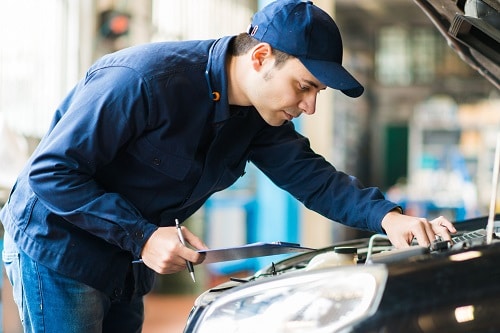
9. Inspect the Radiator
Check the radiator for leaks, rust, or water stains – also check the radiator hose and where the cylinder meets the engine block. Check the water as well – any oil in the water indicates a major problem.

10. The Test Drive
The test drive is the most important part of the car inspection. Check the car is insured before heading out! Turn the key to check that all indicator lights work properly, and then start the car, ensuring that:
- The starter motor turns over quickly and the motor 'catches' quickly
- There are no odd noises like backfires or a rattling exhaust
- The oil pressure light goes off after the car has been running for a few seconds
- There's no blue smoke coming from the exhaust
Once you’re driving, listen for:
- Clanging or clunking noises
- Tapping or knocking noises
- Grinding or whining when gears change
- Squealing when you brake
All these sounds can indicate problems that will need remedying. If you haven’t heard anything it’s time for a few tests:
- The smell test: you shouldn’t smell burning oil or petrol fumes
- The acceleration test: does the engine pull smoothly? Does it power down smoothly?
- Brake tests: get the car to around 30 km/h in a deserted spot, and then press the brakes down firmly (don’t slam them). The car should stop quickly and in a straight line.
- Gear tests: do the gears change easily, smoothly, and quietly?
Once the car is stopped, open the bonnet and check for smoke and oil or water leaks.
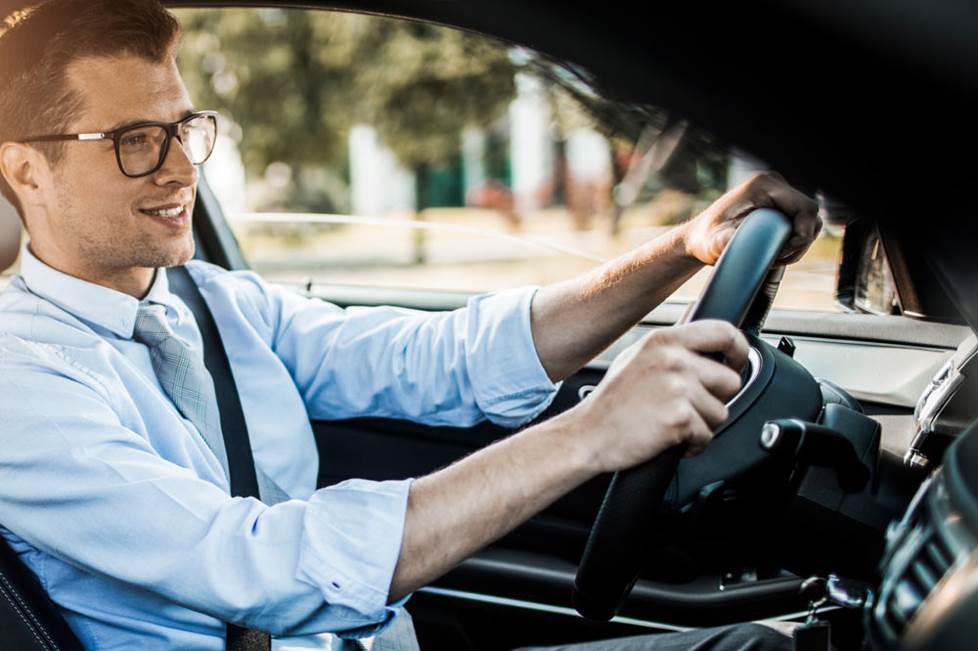
Buying a Used Imported Car?
If you’re looking at buying an imported vehicle, start by talking to the experts. 2 Cheap Cars can ensure your Japanese import is of the highest quality. Every car we offer is subjected to rigorous testing, grooming and painting before it hits our lot, meaning we do the hard work for you. Even better, our process ensures you get a quality car for less.
Whether it’s a Toyota Corolla or a Mazda CX-5, we can find it for you. To learn more, call us on 0800 223 370 or enquire online.

